Mitsubishi
A6M5c
'Zero'
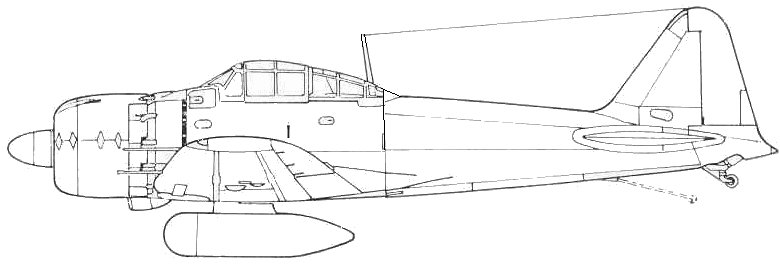
The Zero is
probably the most famous of all Japanese World War Two aircraft and one
of the most well known of all aircraft from that conflict and as a
result there are reams of material available about it so I'm not going
into and in depth history here. the A6M5 was developed from the A6M3 by
using heavier gauge skinning on the wings, eliminating the folding wing
tips which reduced the span. It also had new exhaust stacks that
provided thrust augmentation. while its weight was increased by 416
pounds it was faster than the M3 and the heavier skinning allowed a
faster dive speed which hindered earlier models when fighting against
Allied types. While the M5 could hold it's own against the Hellcat, it
still fared poorly due to the ruggedness of the Hellcat and the
punishment that the American armament had against the light
construction of the Zero. The A6M5a variant was introduced in March
1944 which was fitted with yet even heavier wing skinning and a new
belt feed system for the 20mm cannons and this was soon followed by the
A6M5b which was designed to correct its two main weaknesses,
insufficient armament and lack of armor and fuel tank protection. Armor
glass was installed behind the windshield and the fuel tanks had
automatic fire extinguishers and one of the two fuselage mounted 7.7mm
machine guns was replaced with a 12.5mm machine gun. Although probably
the best version of the Zero it suffered a crushing defeat at the hands
of the Hellcats during the Marianas "turkey shoot". The A6M5c was the
result of an urgent request by the Navy to modify the Zero by
installing two additional 13.2mm machine guns in the wing outboard of
the cannon, mounting an armor plate behind the pilots back, fitting a
30 gallon self sealing fuel tank behind behind the cockpit and
installing wing racks for unguided air to air missiles. Following
flight trials it was found necessary to increase the wing skin
thickness covering the area of the gun bays. It initially carried the
same power plant as the 5b until the water-methanol injected engine
became available. Mitsubishi only built 93 of the 'c's at which time
production was assigned to Nakajima and self sealing wing tanks were
substituted for the previously unprotected tanks.
The Kit
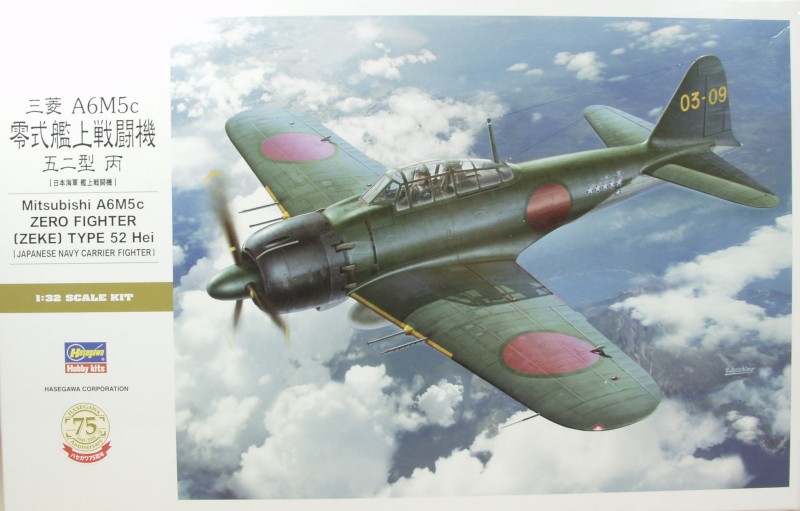
This Hasegawa kit is a new release that replaces their older kit of the same aircraft that had raised rivet detail and was released in the late 70s early 80s and has been re released many times with different decals and parts. This kit is a totally new tool release. The kit comes in a large top open tray type box with nice artwork on the cover. Inside the box there are three bags containing the parts. One large bag contains three sprues with most of the kit parts, a medium sided bag with the engine parts, cowl, propeller, drop tank and a pilot figure. The third smaller bag contains the clear parts. The parts are molded in a medium gray color except for the pilot figure which is molded in a tan color. As would be expected from a Hasegawa new tool the parts are crisply molded with no sign of flash. The surface has a glossy finish and surface detail consists of finely engraved recessed panel line and fasteners. Some of the larger fasteners have slotted heads. There is some raised detail where appropriate. The control surfaces are all molded in the neutral position and there is no option for lowered flaps.The fabric covered control surfaces have rib tapes with stitching detail but no saggy fabric effects. No surface defects were found and ejector pin marks appear to have been kept mostly out of visible areas, but I did find a couple light ones on the landing gear struts and several on each of the main gear doors. These are quite light and will be hidden by the wheel and gear strut.
Detail wise the cockpit is very well done with separate open structure side walls to which are attached a multitude of details. The instrument panel features raised bezels and the dials have internal detail. The pilot figure is well done with separate torso, arms, legs and head of which there are three to choose from. They even include a molded oxygen hose for the head wearing an oxygen mask. No belts or harnesses are supplied if you chose not to use the pilot figure. The gear bays have nice detail, some deeply molded into the wings and the rest provided with a separate insert. The gear doors, in spite of the ejector pin marks have nice detail and the small inner doors have separate actuators. A separate set of gear doors molded in the closed position are included for in flight display. The gear themselves have separate molded brake lines. The wheels are molded in halves and are not weighted but do have separate hubs for easier painting. The engine has both rows of cylinders which are hollow on the back side, separate push rods and front gear case as well as a separate intake manifold. The exhaust manifold, a lovely one piece molded part, mounts to the back of the engine. The cowl has separate flaps, both open and closed. The canopy can be displayed open or closed. An optional drop tank is supplied. Lets look at the parts.
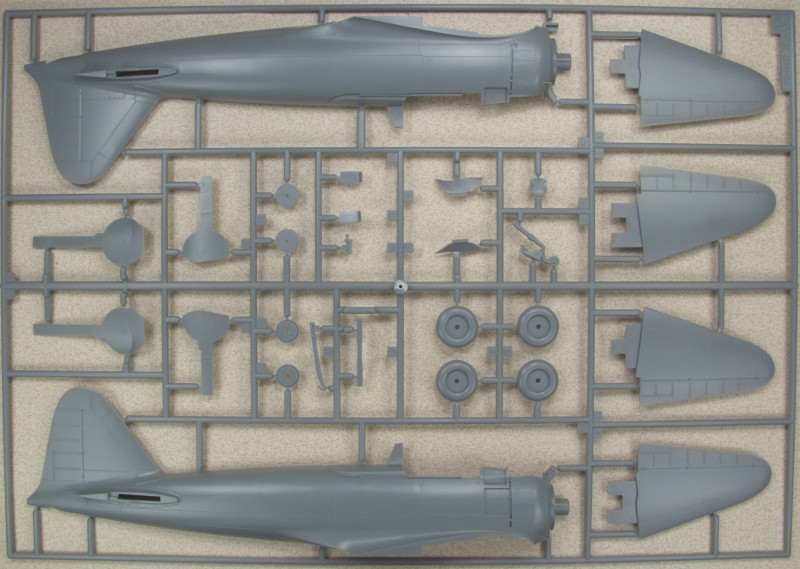
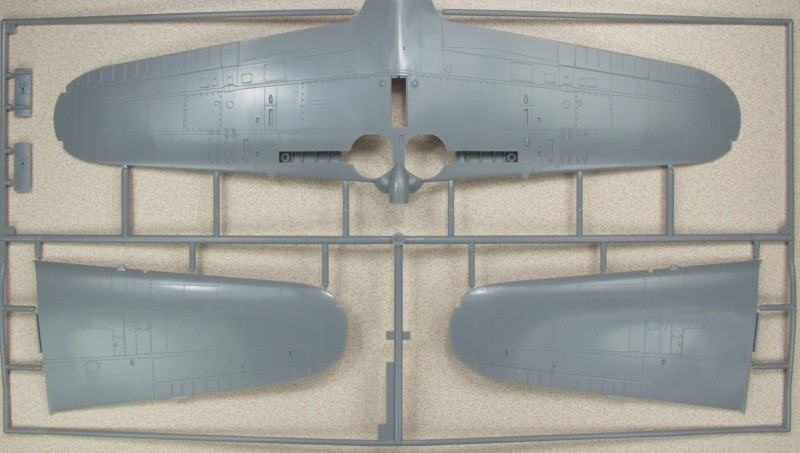
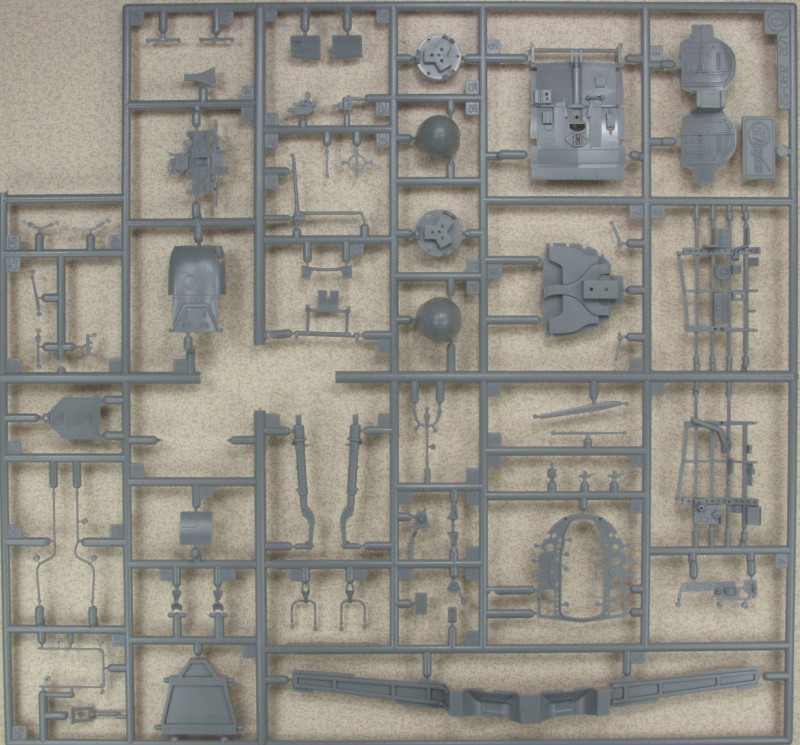
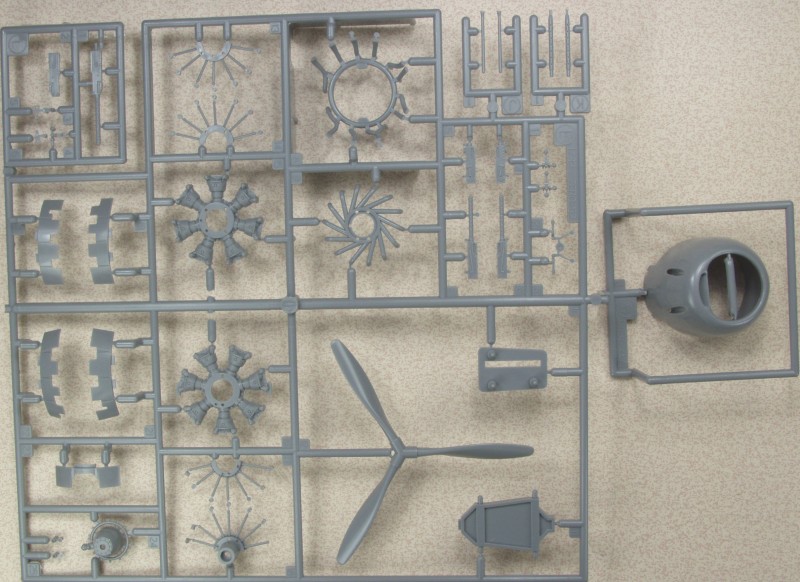

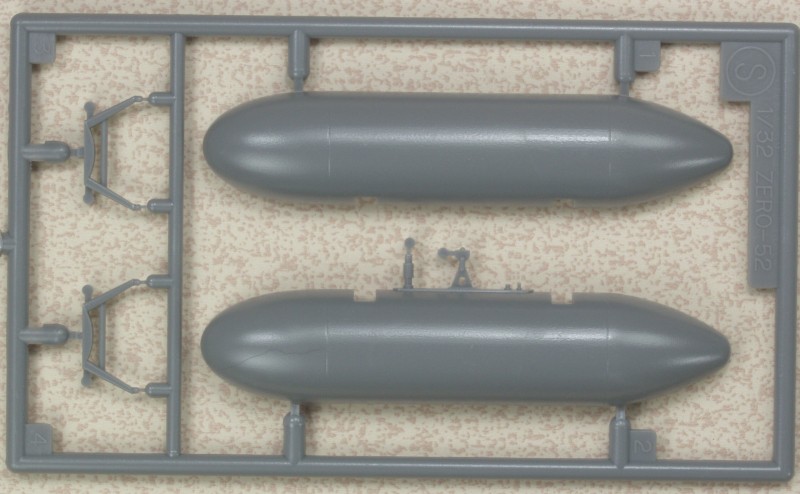
The clear parts are crystal clear with little optical distortion and well defined frame lines.
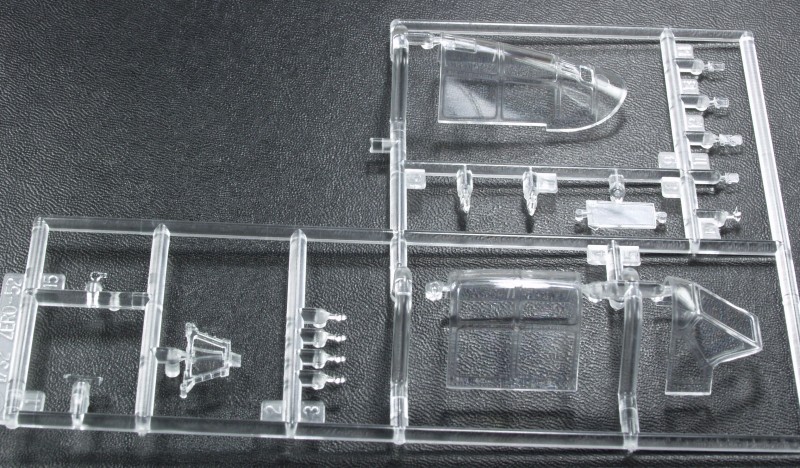
The decals have a semi gloss finish and appear thinner than other decals from Hasegawa. What little there is to be in register is in register. A fair amount of stencils are supplied as are instruments for the instrument panel. The sheet provides markings for 2 aircraft; 203rd Naval Flying Group, 303rd Fighter squadron June 1945; 252nd Naval Flying Group, 311st Fighter Squadron, February1945.
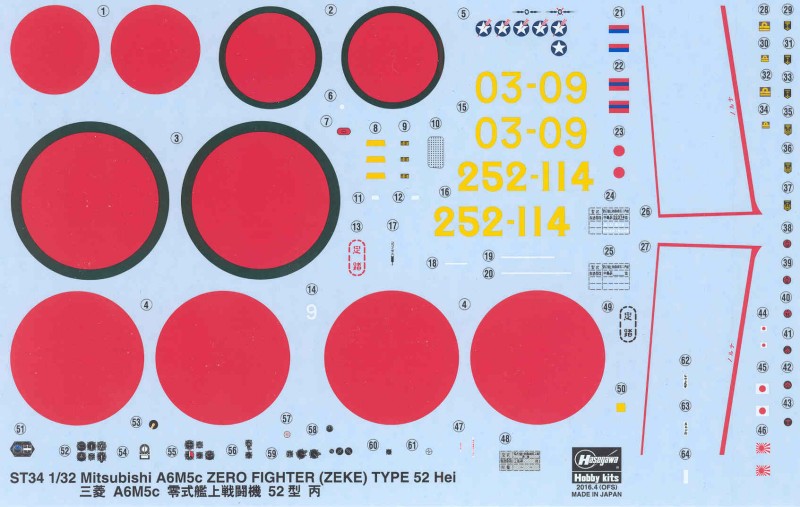
The instructions consist of a 12 page A4 sized booklet stapled at the spine. It contains the usual history, parts map, paint chart and icon map. seven pages are devoted to assembly diagrams in 14 steps. Two pages are painting and marking instructions and the last page has basic modeling instructions and safety warnings.
After Market Goodies
At the time of this review the only thing I had acquired was a set of Master Model gun barrels (AM-32-006) which included the pitot tube.
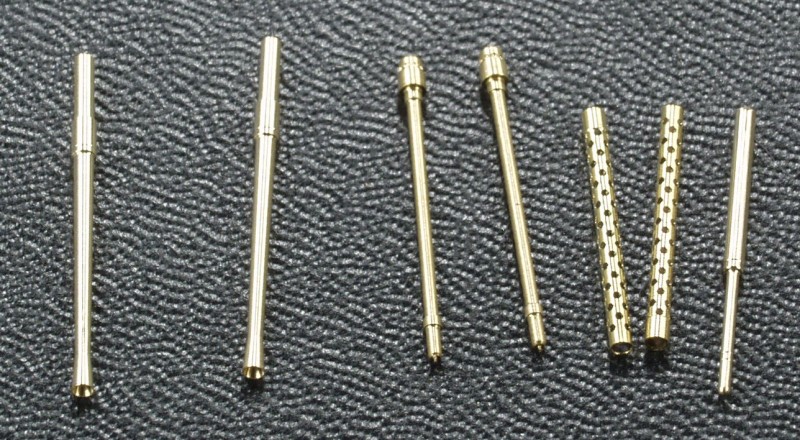
Conclusions
This
is another nice kit from Hasagawa that follows their
philosophy of
providing a well molded accurate kit with no bells and
whistles that
can be built without a lot of fuss. There is no reason
modelers of any
skill level should have any troubles building this kit,
recommended !
Links to kit build or reviews
In box reviews can be found here and here.
References
Japanese Aircraft of the Pacific War by R.J. Francillon
Back to the 1/32 Scale Japanese
Aircraft page